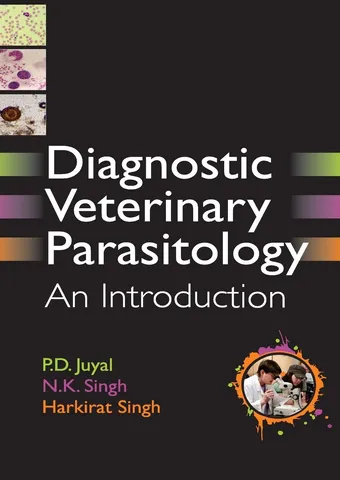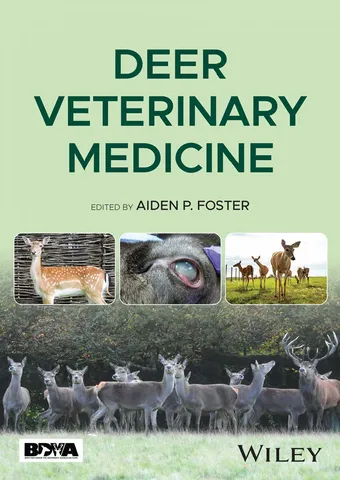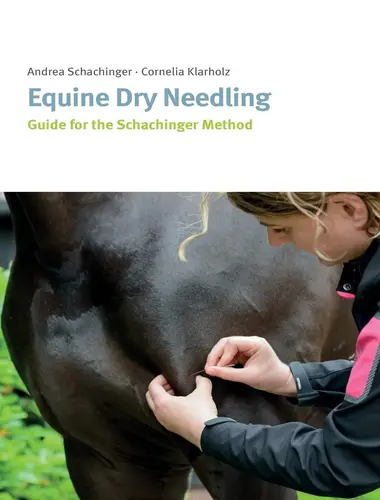Diagnostic Veterinary Parasitology: An Introduction
by

Diagnostic Veterinary Parasitology: An Introduction pdf, Although immunological and molecular techniques are increasingly being applied for the diagnosis of parasitic diseases, veterinary practitioners worldwide still rely primarily on the conventional faecal and blood smear examinations mainly on the concept of “seeing is believing”. These techniques are still the gold standard and cost-effective means of diagnosing the parasitic infections in domestic animals.
Diagnosis is an integral part of control strategies against parasitic diseases in domestic animals. Identification of parasites by microscopy is the basis for both diagnostics and epidemiological assessment of parasite burden of the host.
Veterinary clinicians usually face difficulty in proper diagnosis of clinical and subclinical cases of parasitosis in farm animals, pets and poultry due to non availability of requisite information on commonly used diagnostic procedures at one place despite more than half of the cases reported in veterinary clinics and hospitals are of parasitic origin. Although various diagnostic techniques are amply available in textbooks and manuals, yet these procedures lie distributed in different compilations that are mostly available in libraries, thus not easily accessible to field diagnosticians.
Therefore, an attempt has been made by the authors to compile easily adoptable diagnostic techniques for use of field veterinarians as well as students with the ultimate aim for substantial control of different types of parasitic infections and infestations in farm animals, pets and poultry.
Direct Link For Paid Membership: –






